Answered step by step
Verified Expert Solution
Question
1 Approved Answer
Section 3.1 1. (6 pts) Consider the function f (x) whose graph is shown below. X Is (A) or (B) below the graph of f'(x)?
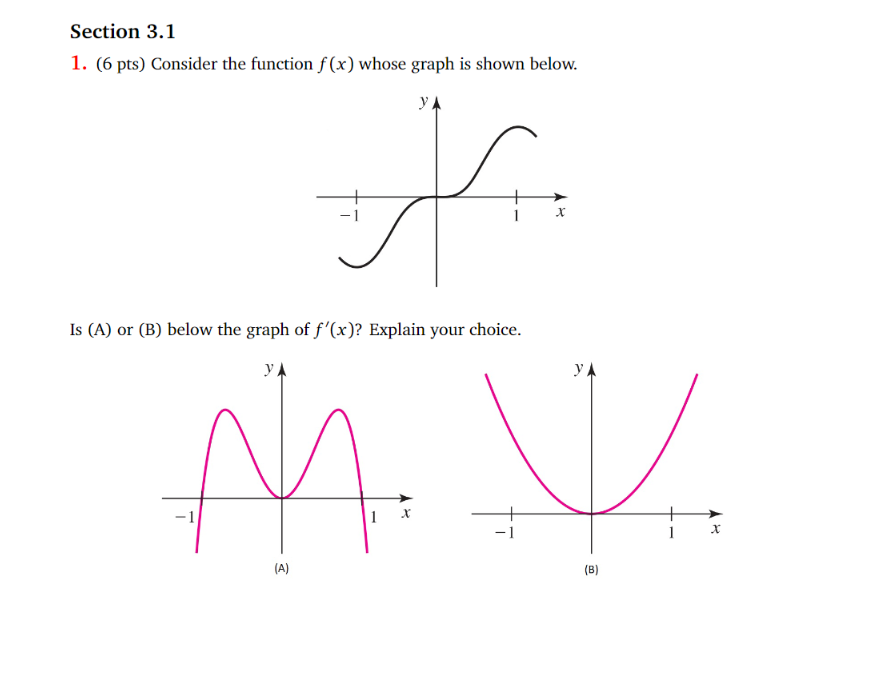


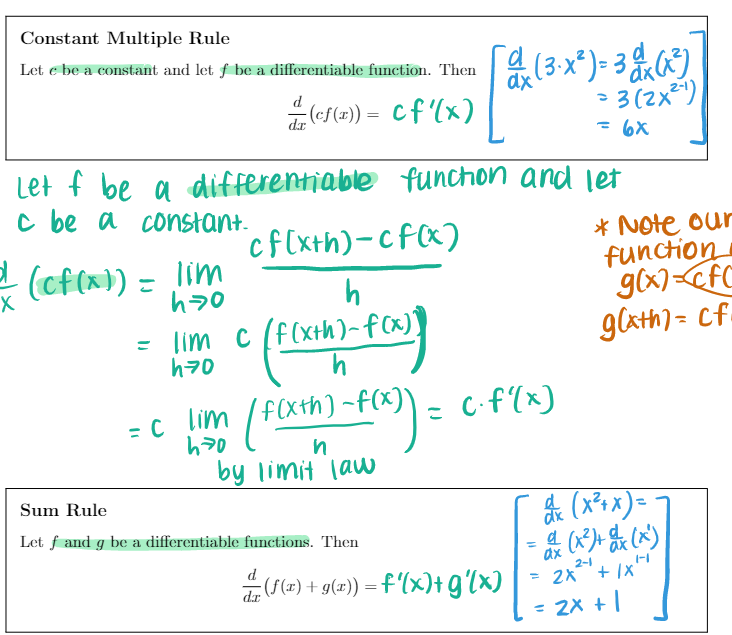
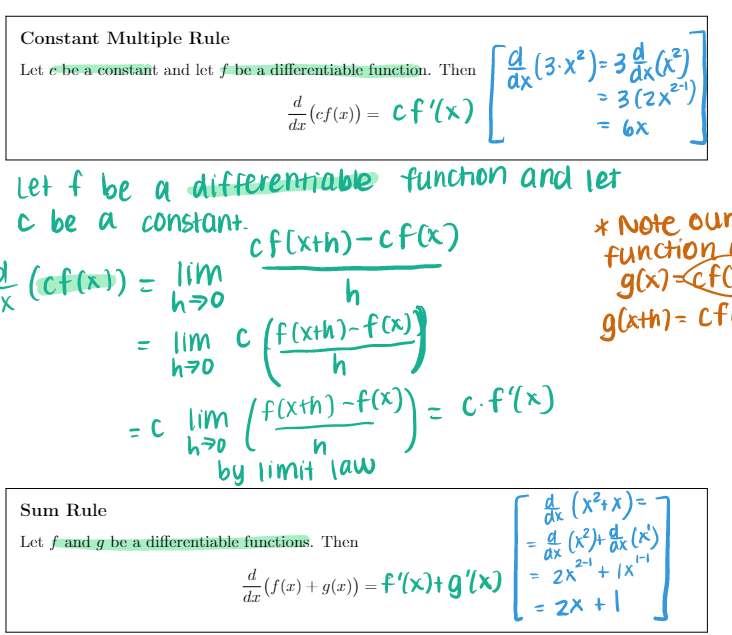
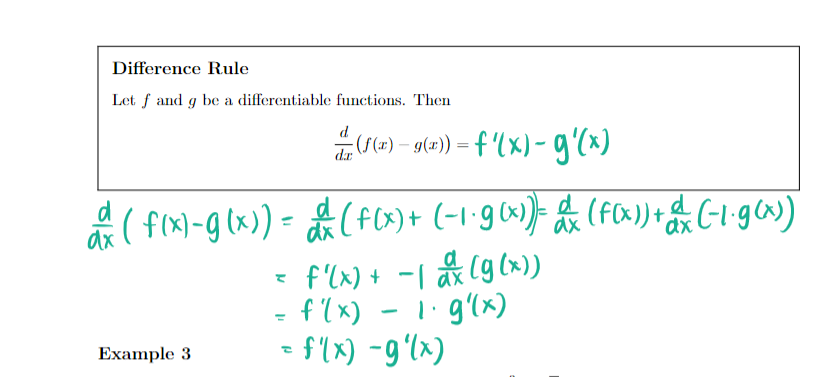

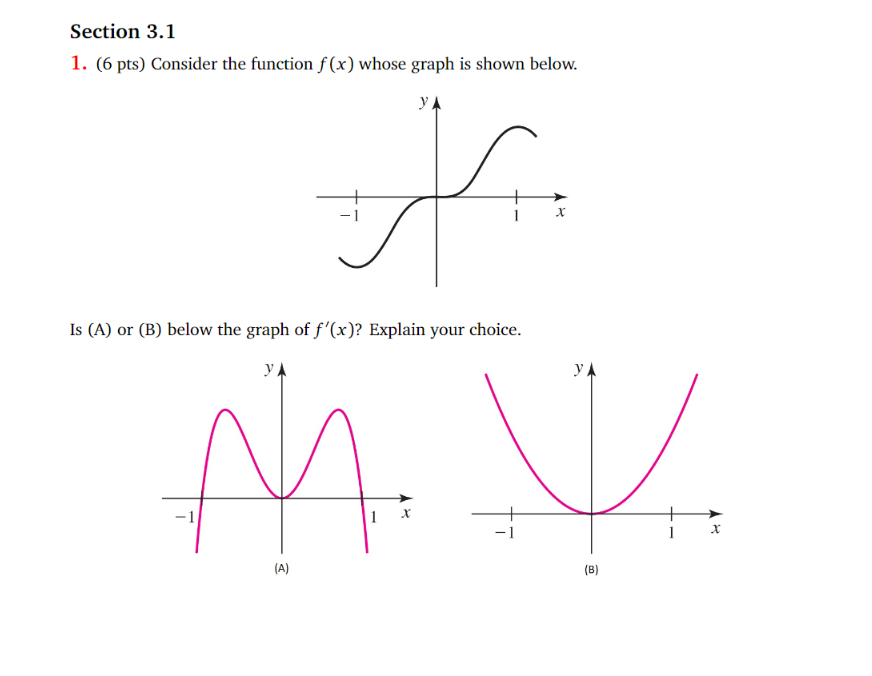


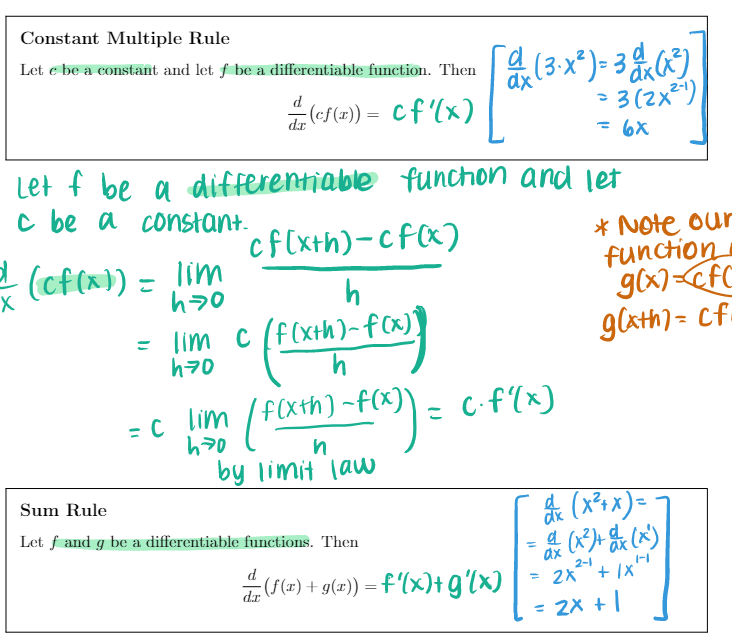
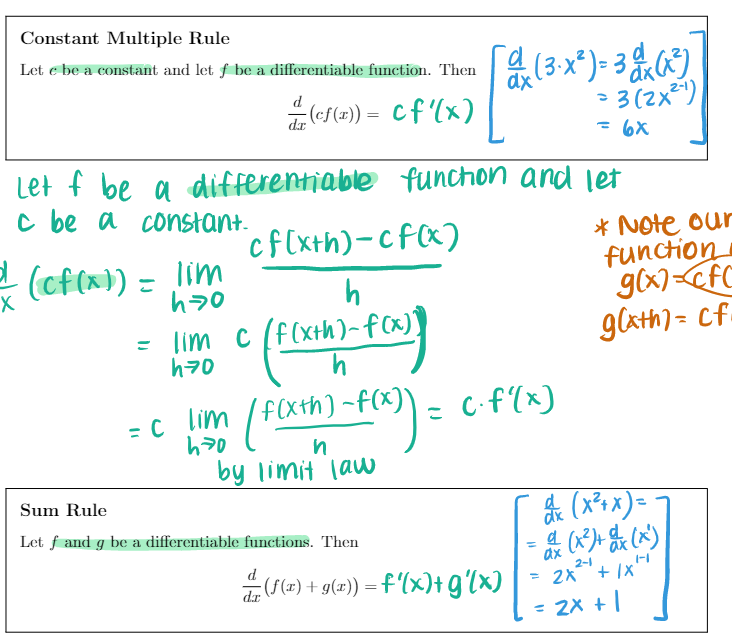
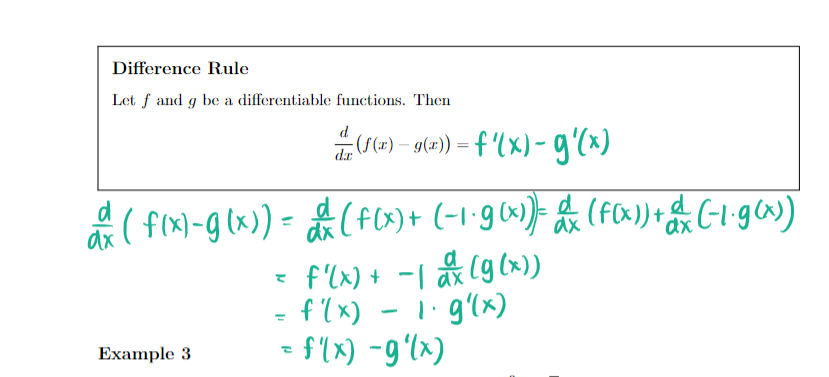

Step by Step Solution
There are 3 Steps involved in it
Step: 1

Get Instant Access to Expert-Tailored Solutions
See step-by-step solutions with expert insights and AI powered tools for academic success
Step: 2

Step: 3

Ace Your Homework with AI
Get the answers you need in no time with our AI-driven, step-by-step assistance
Get Started


